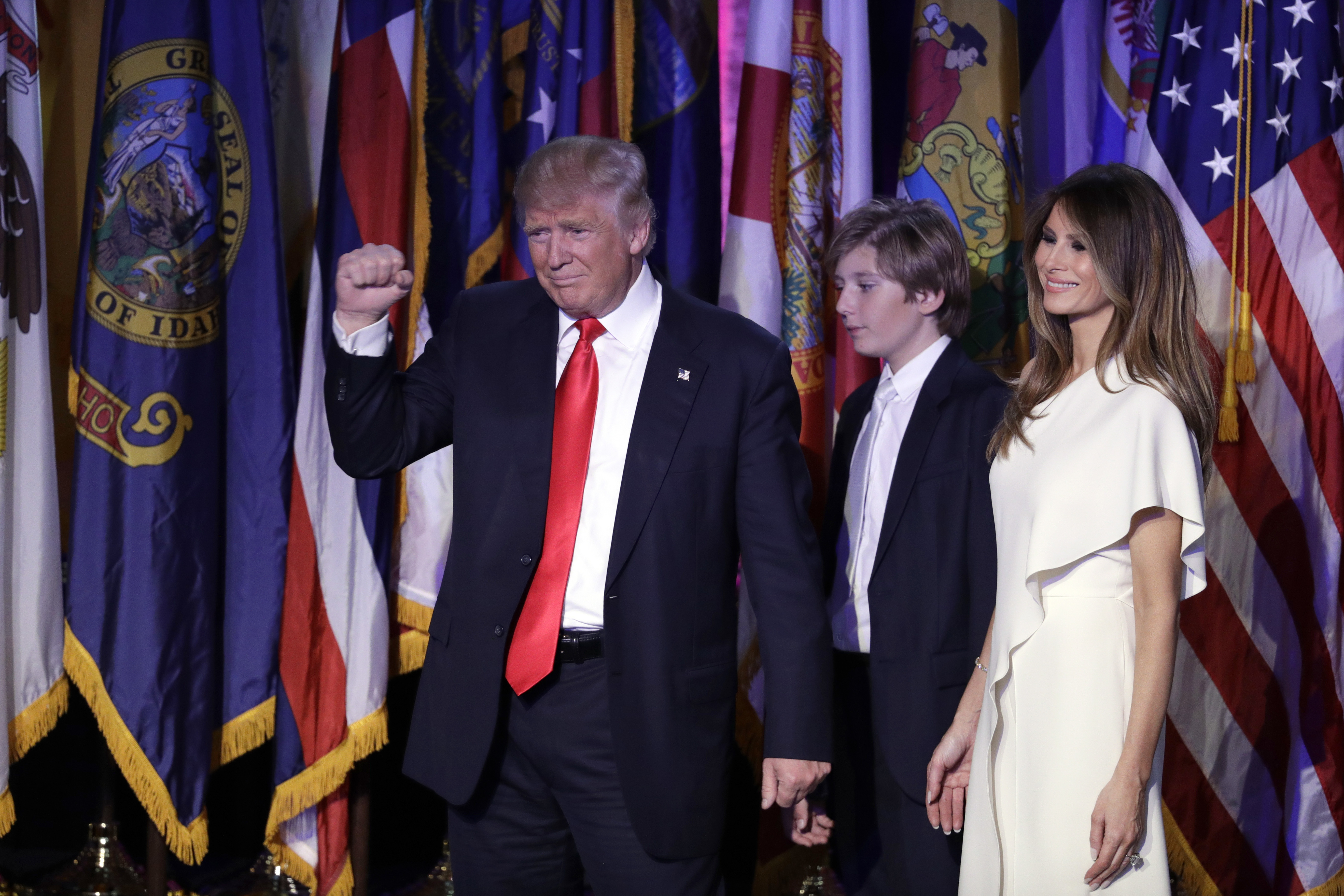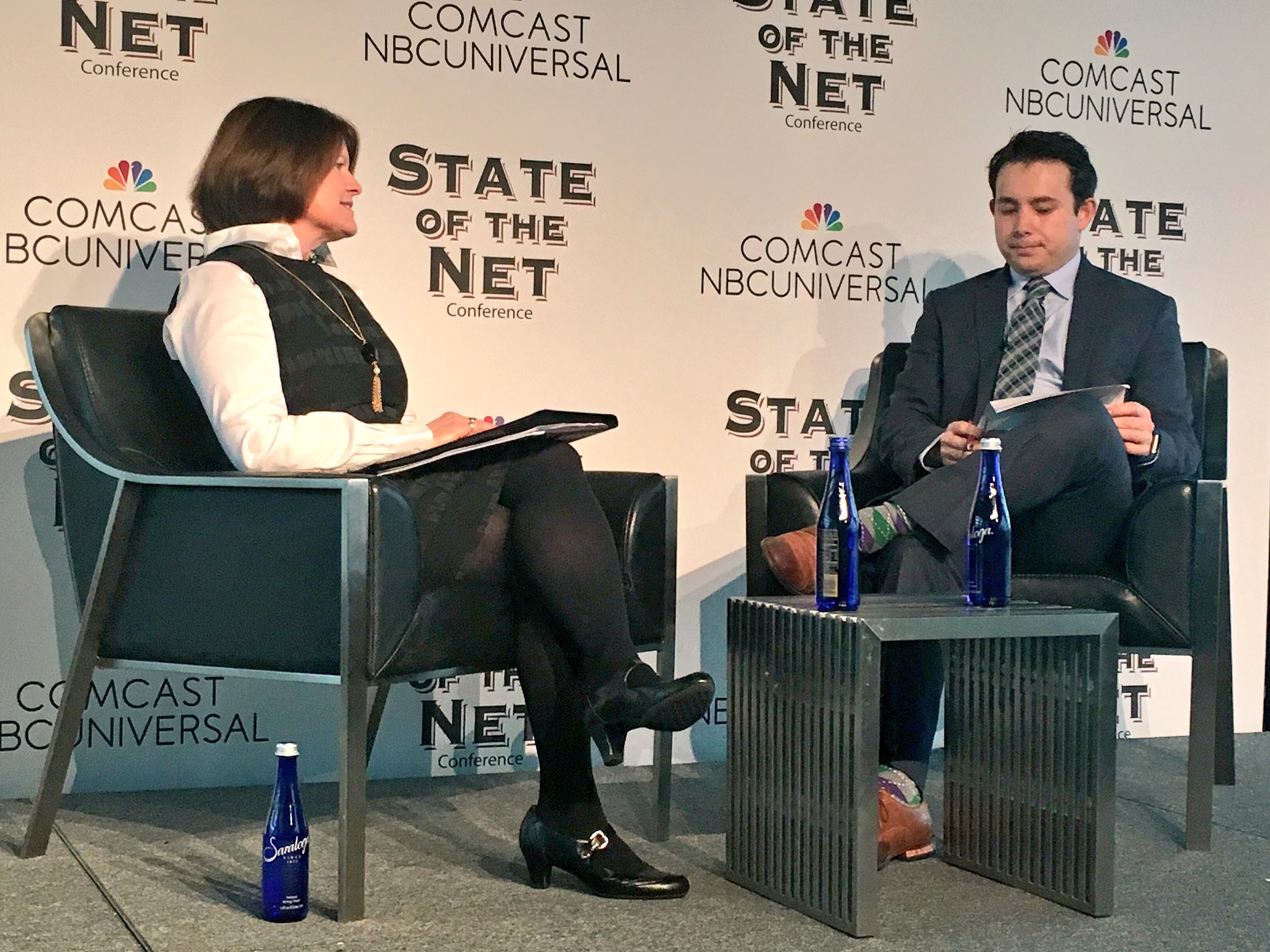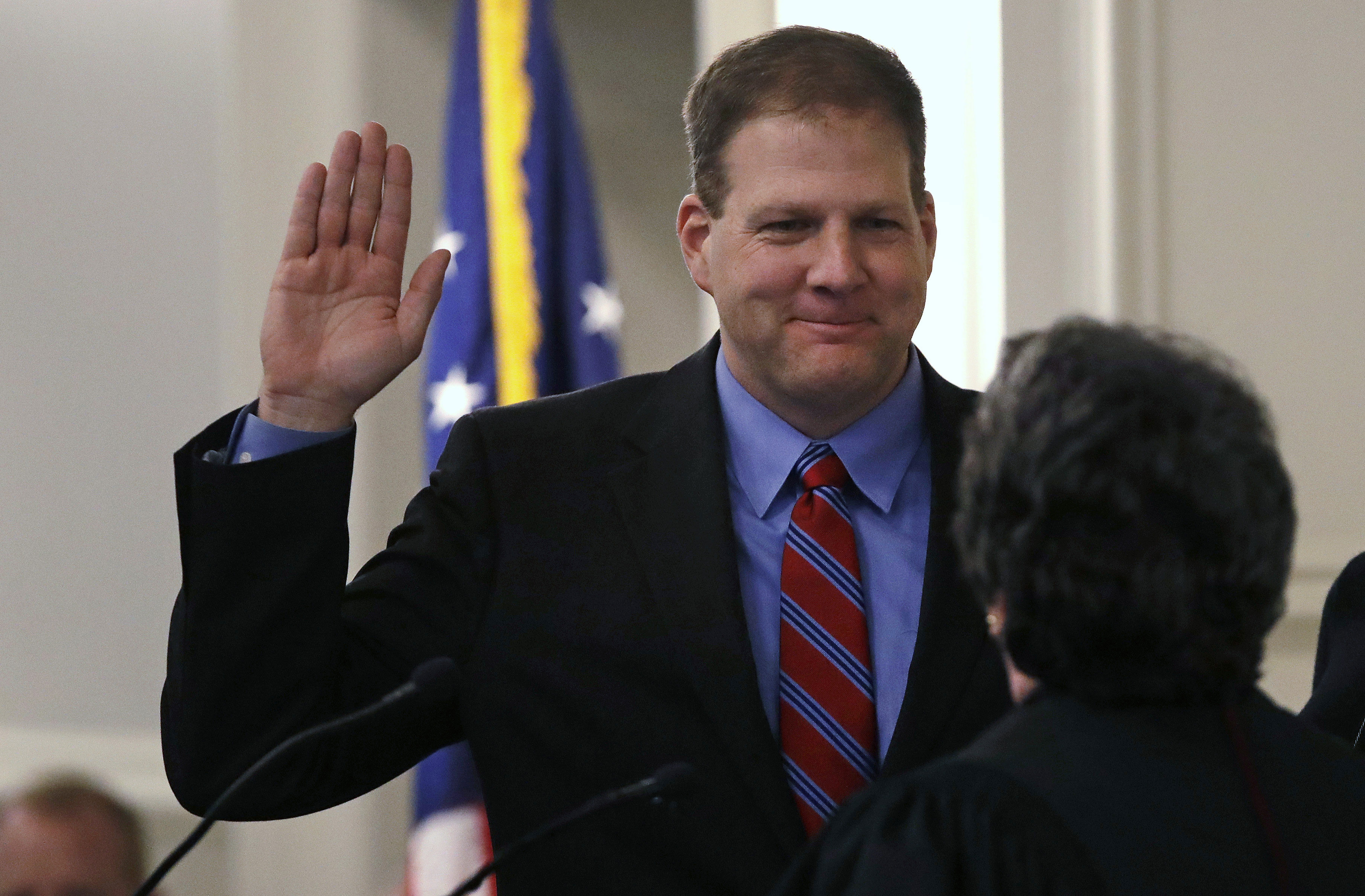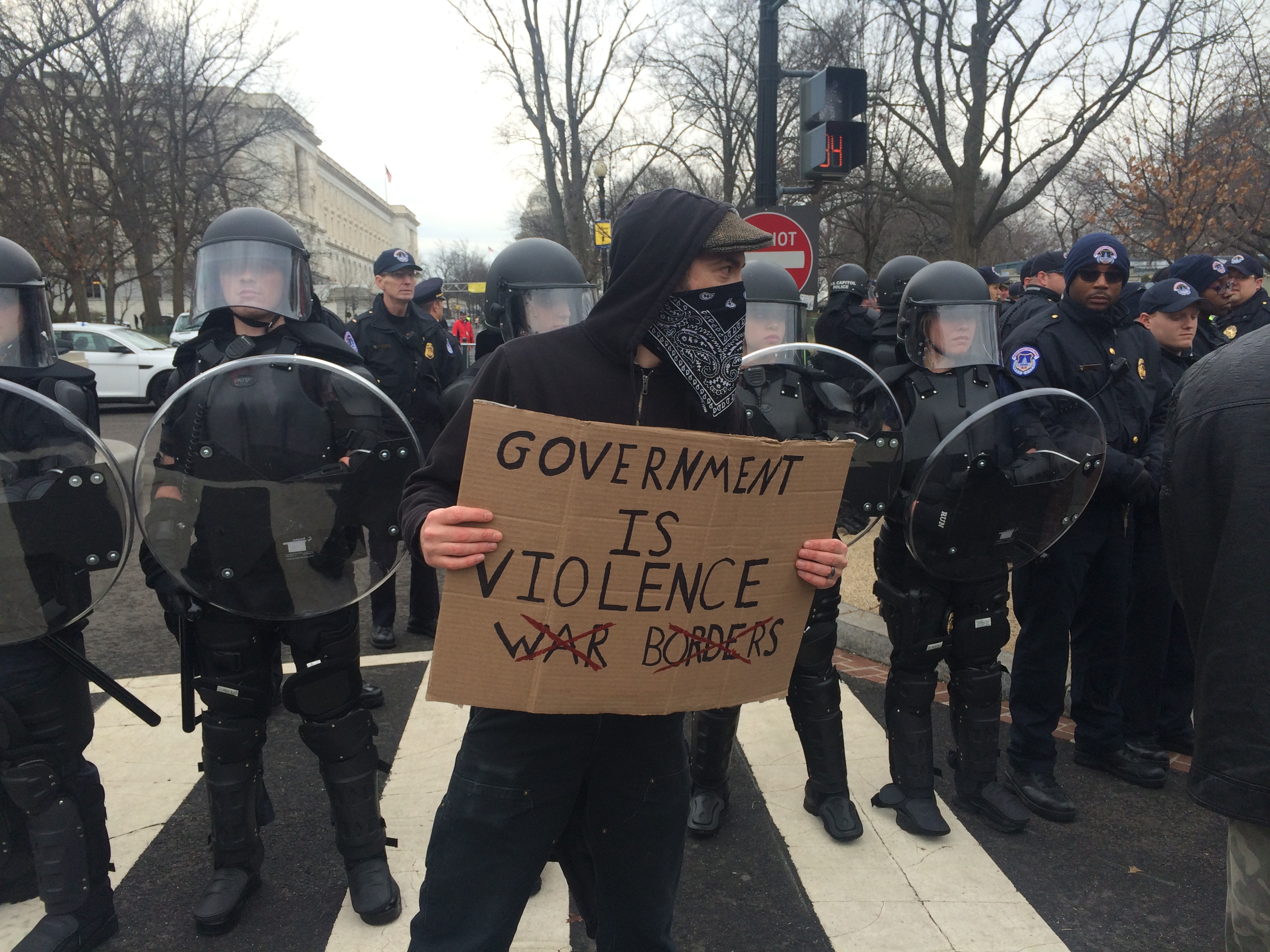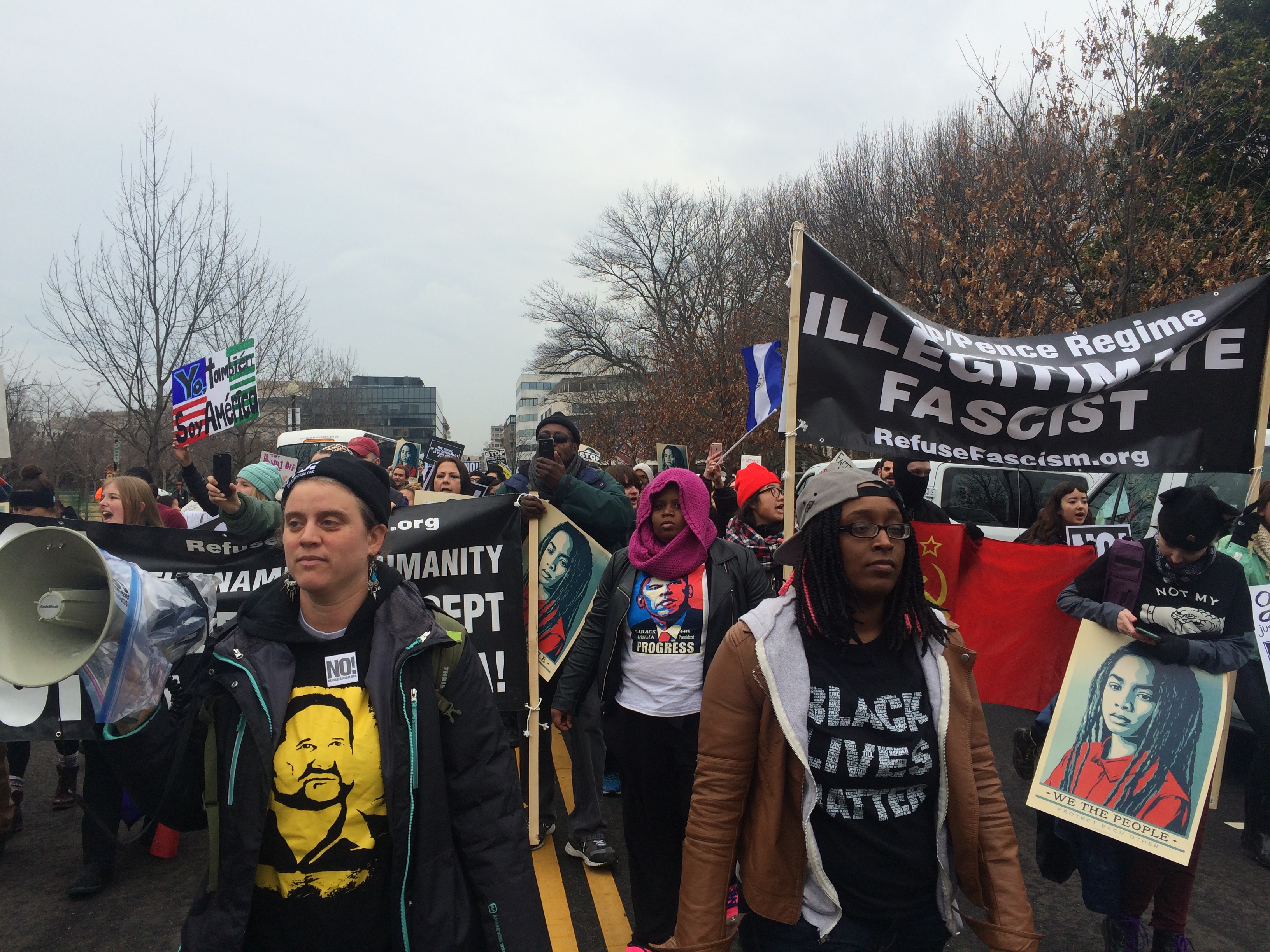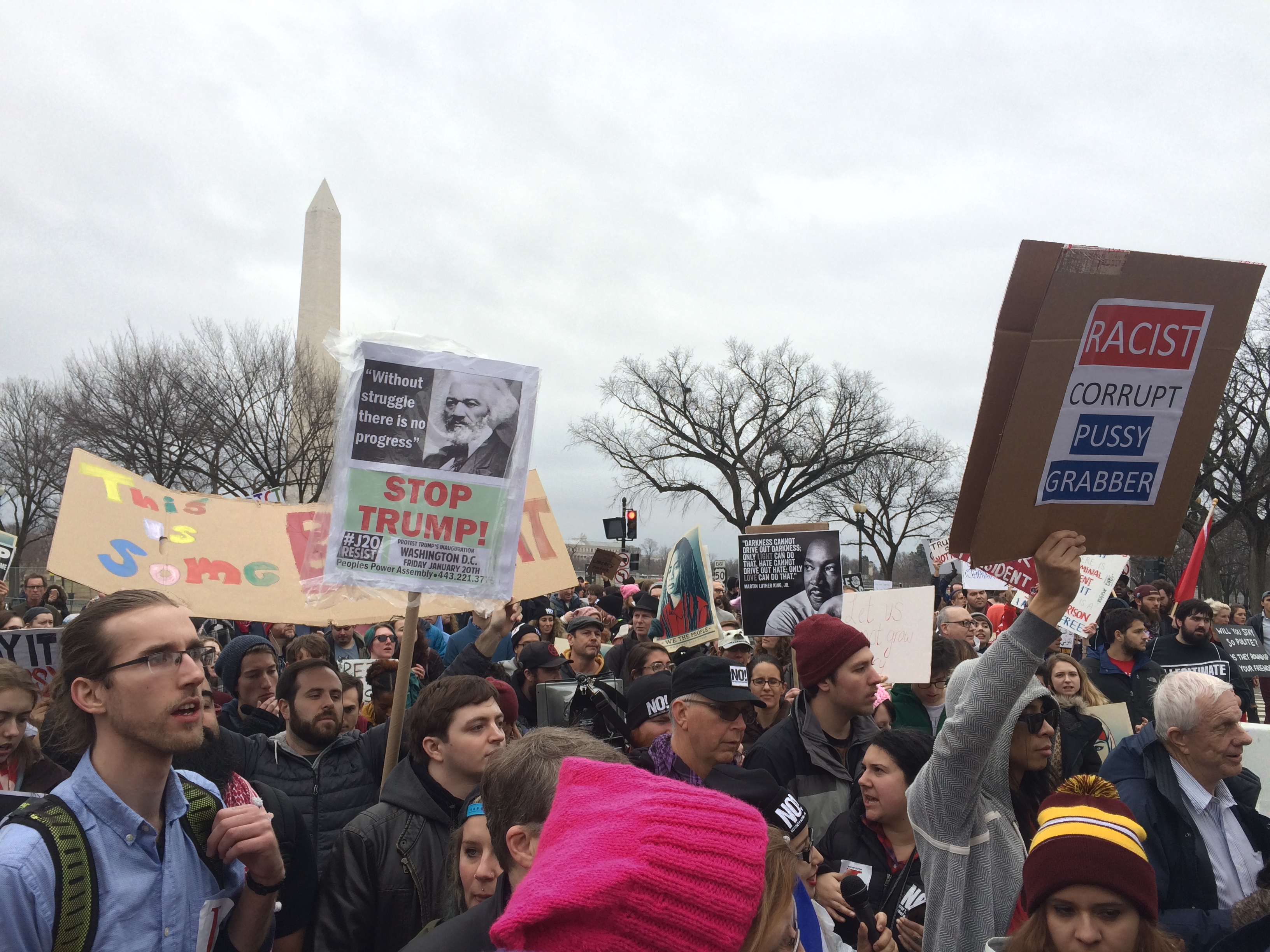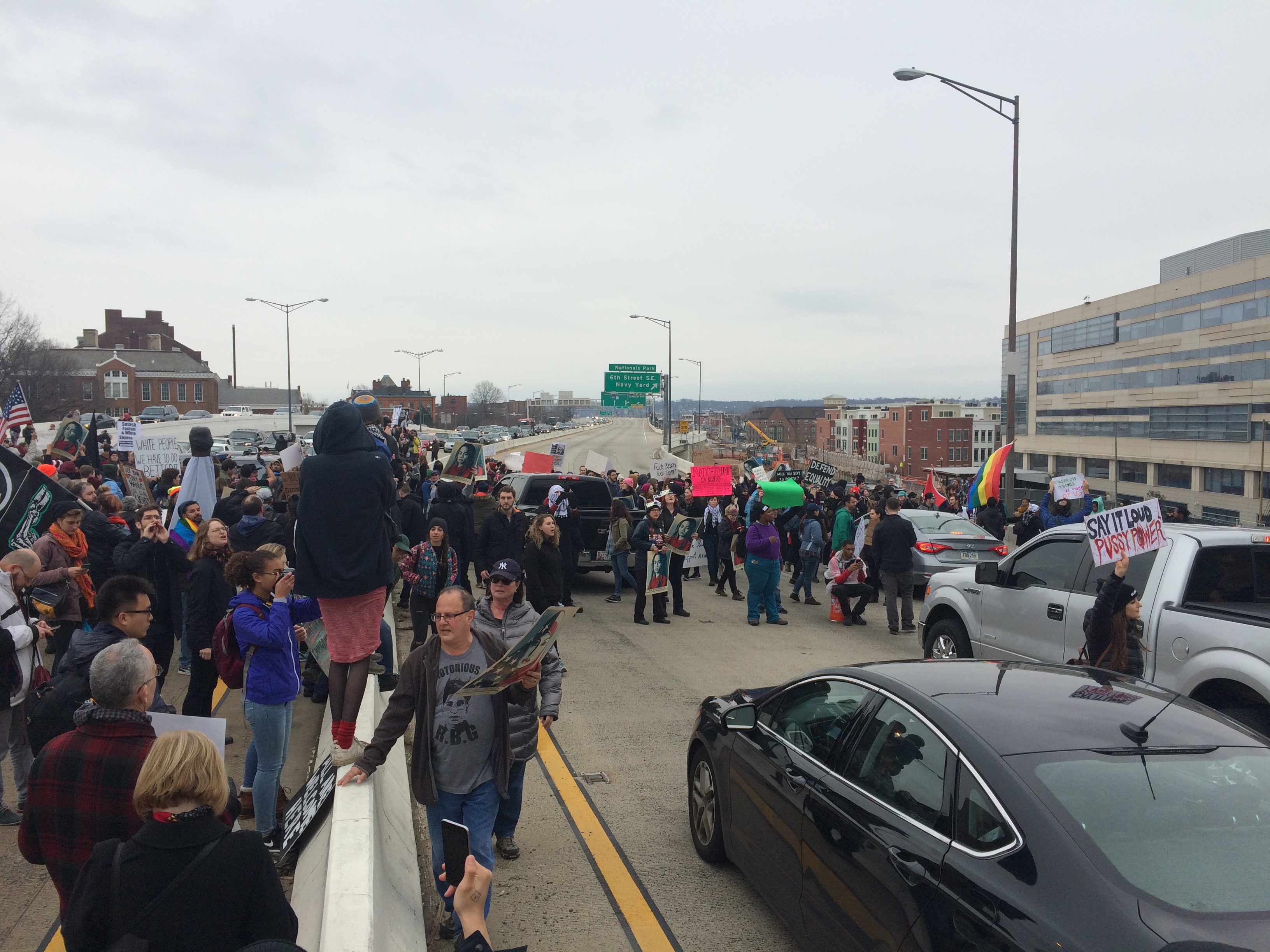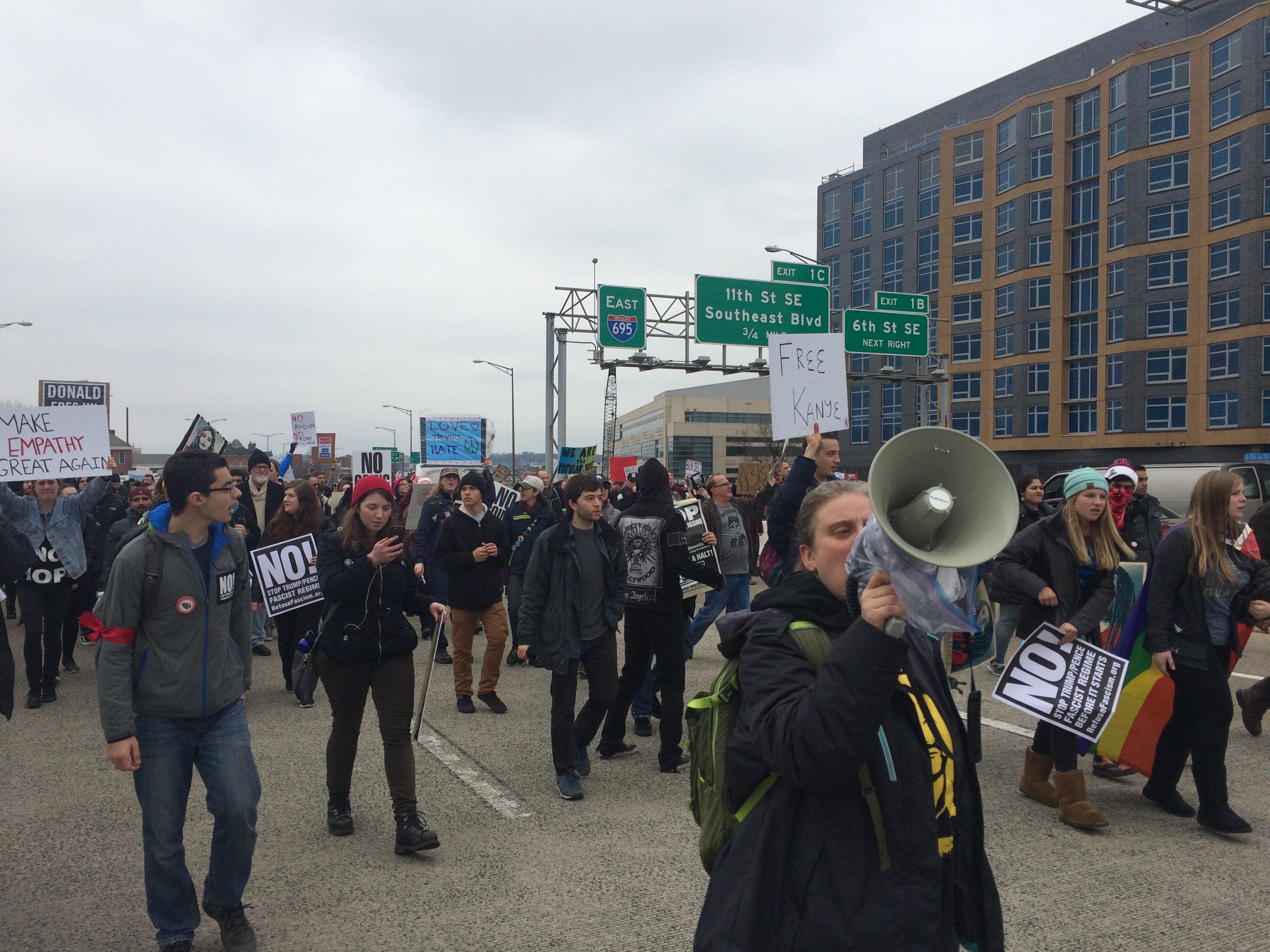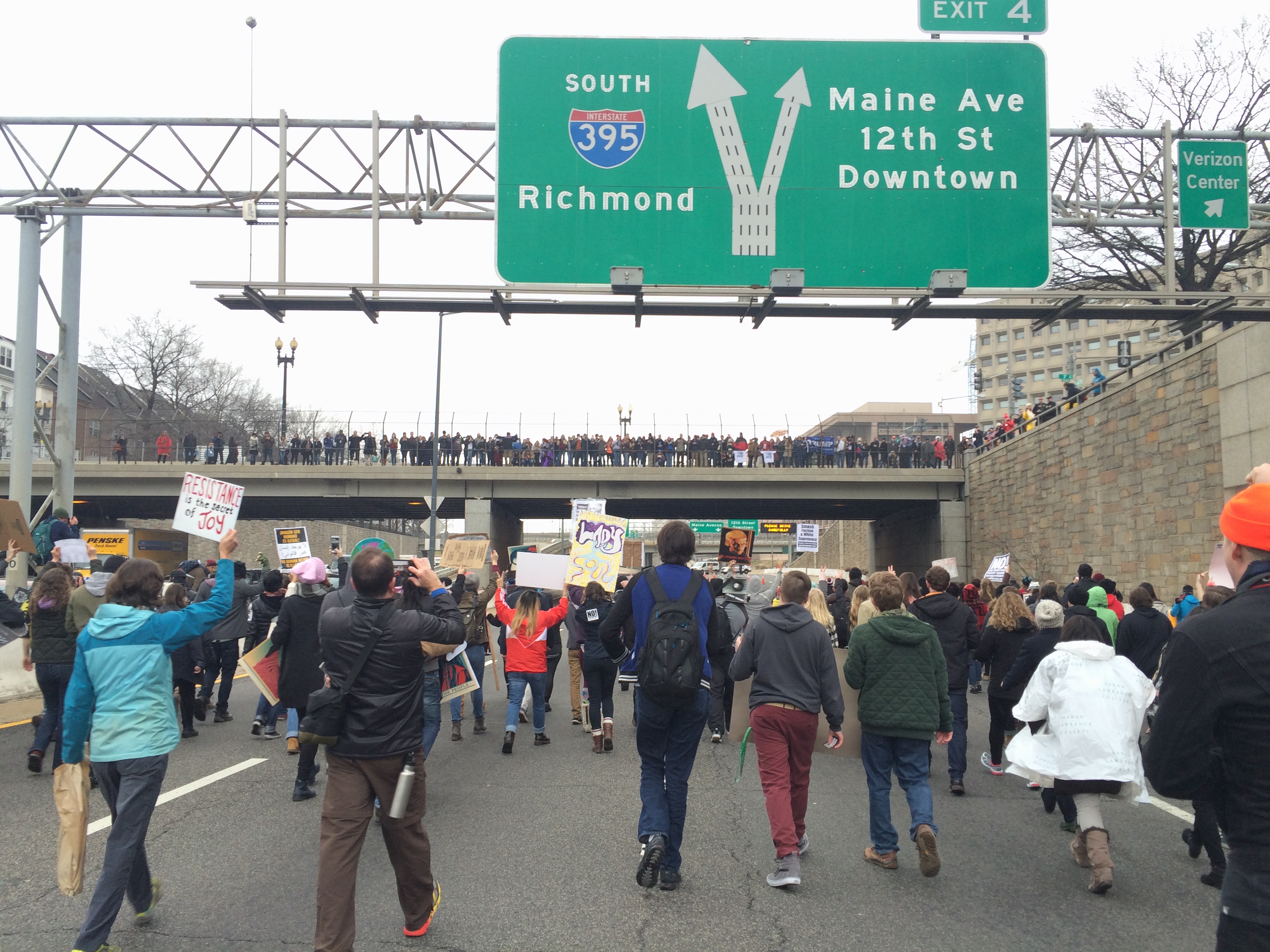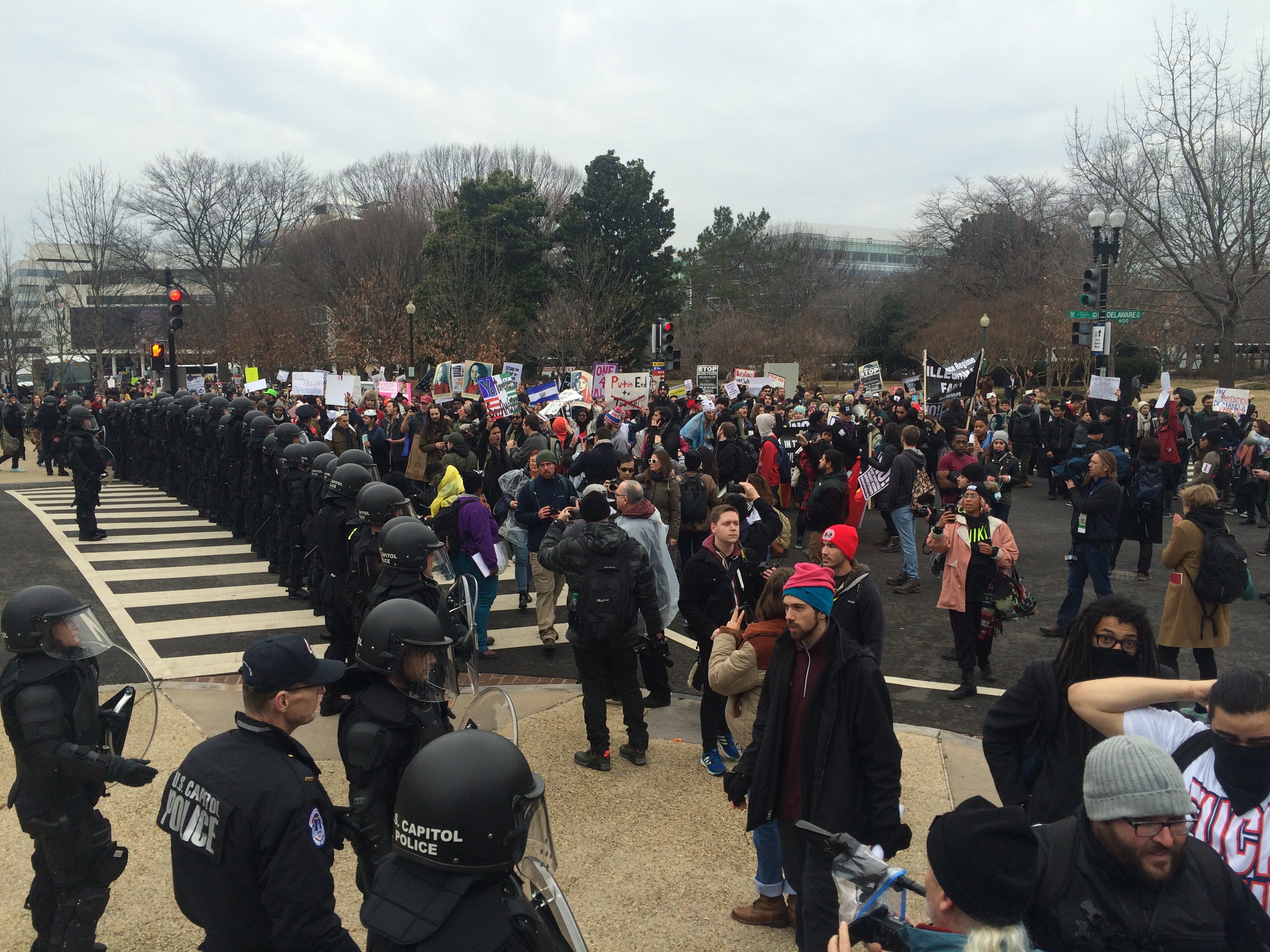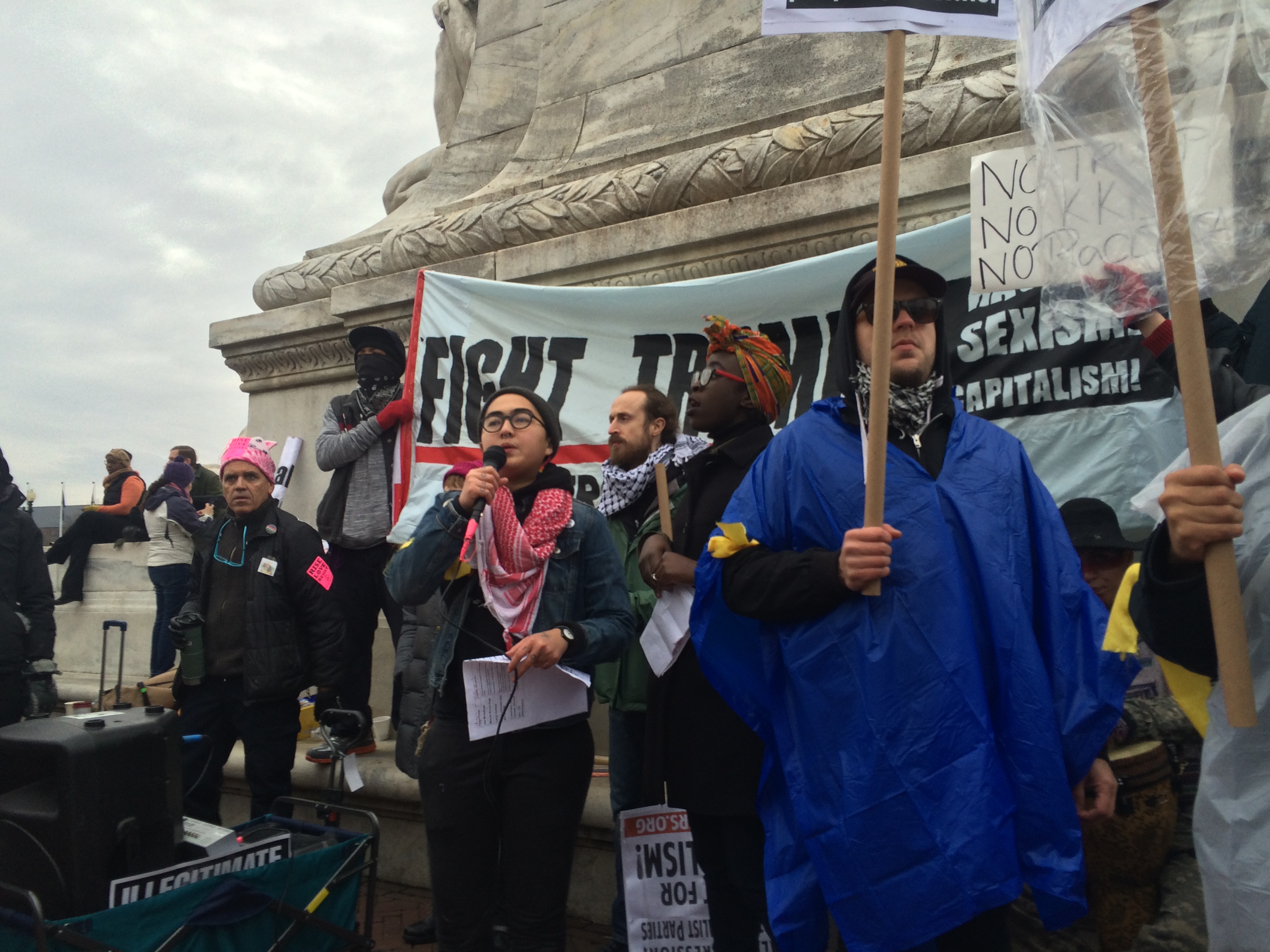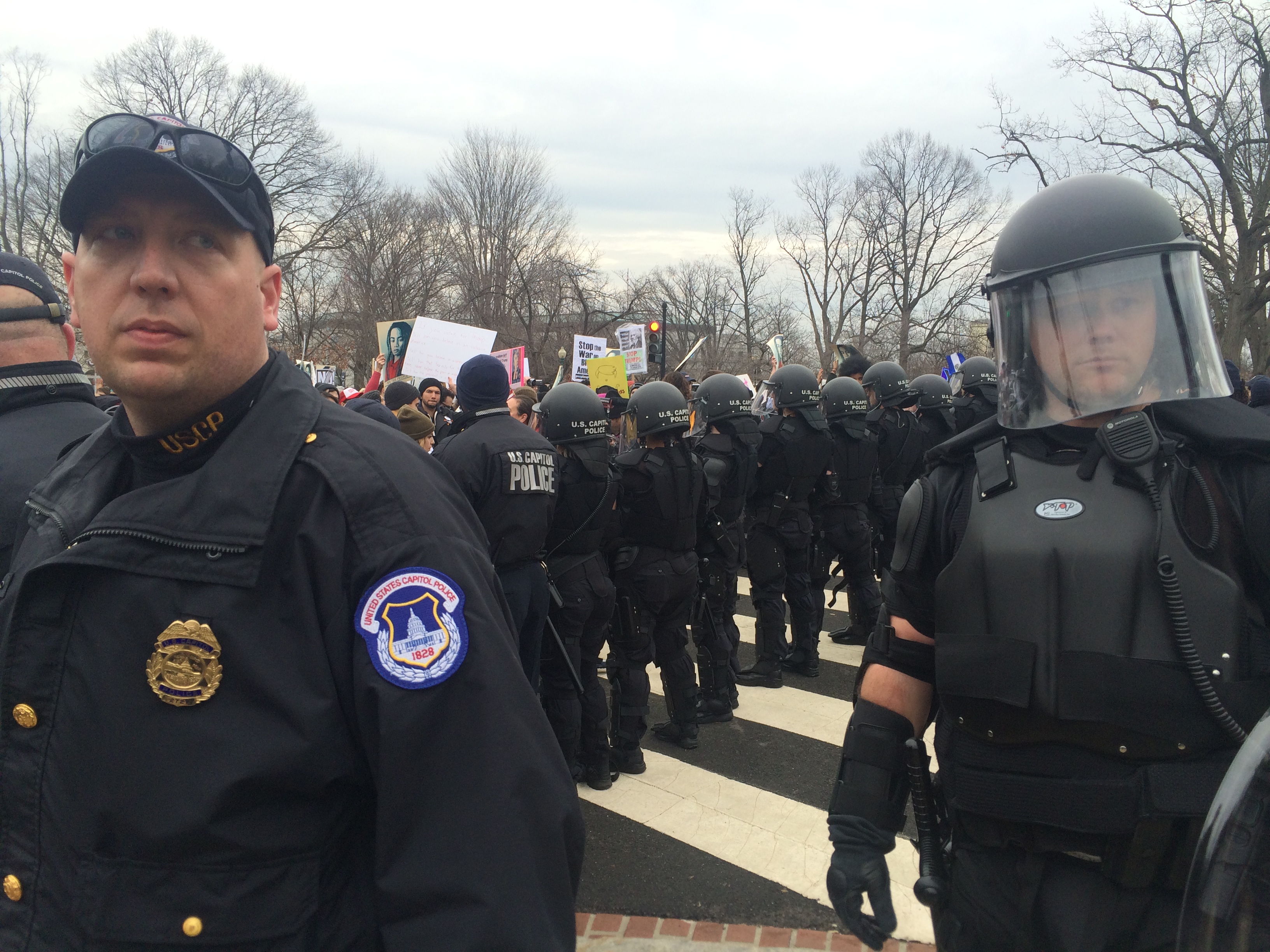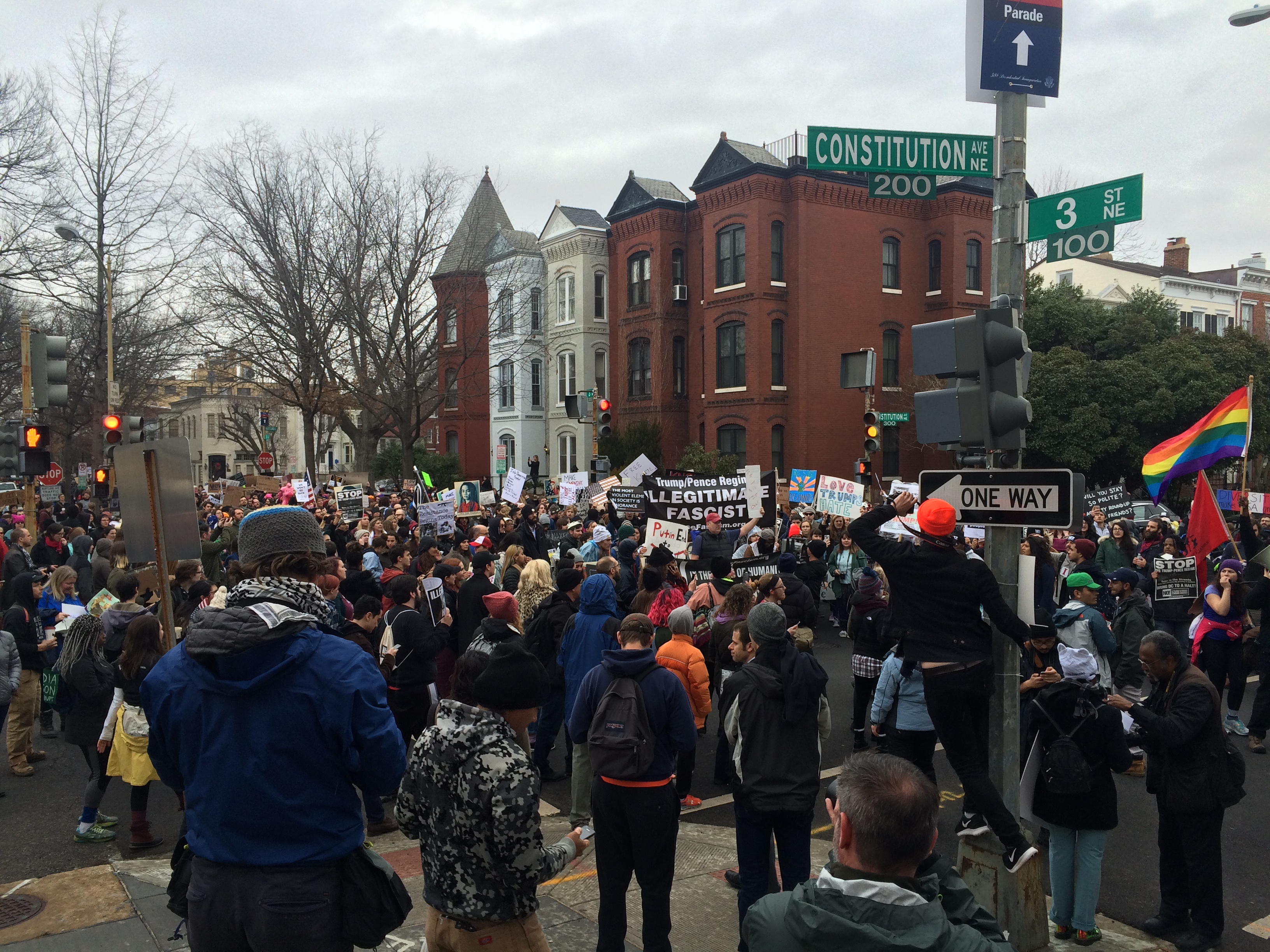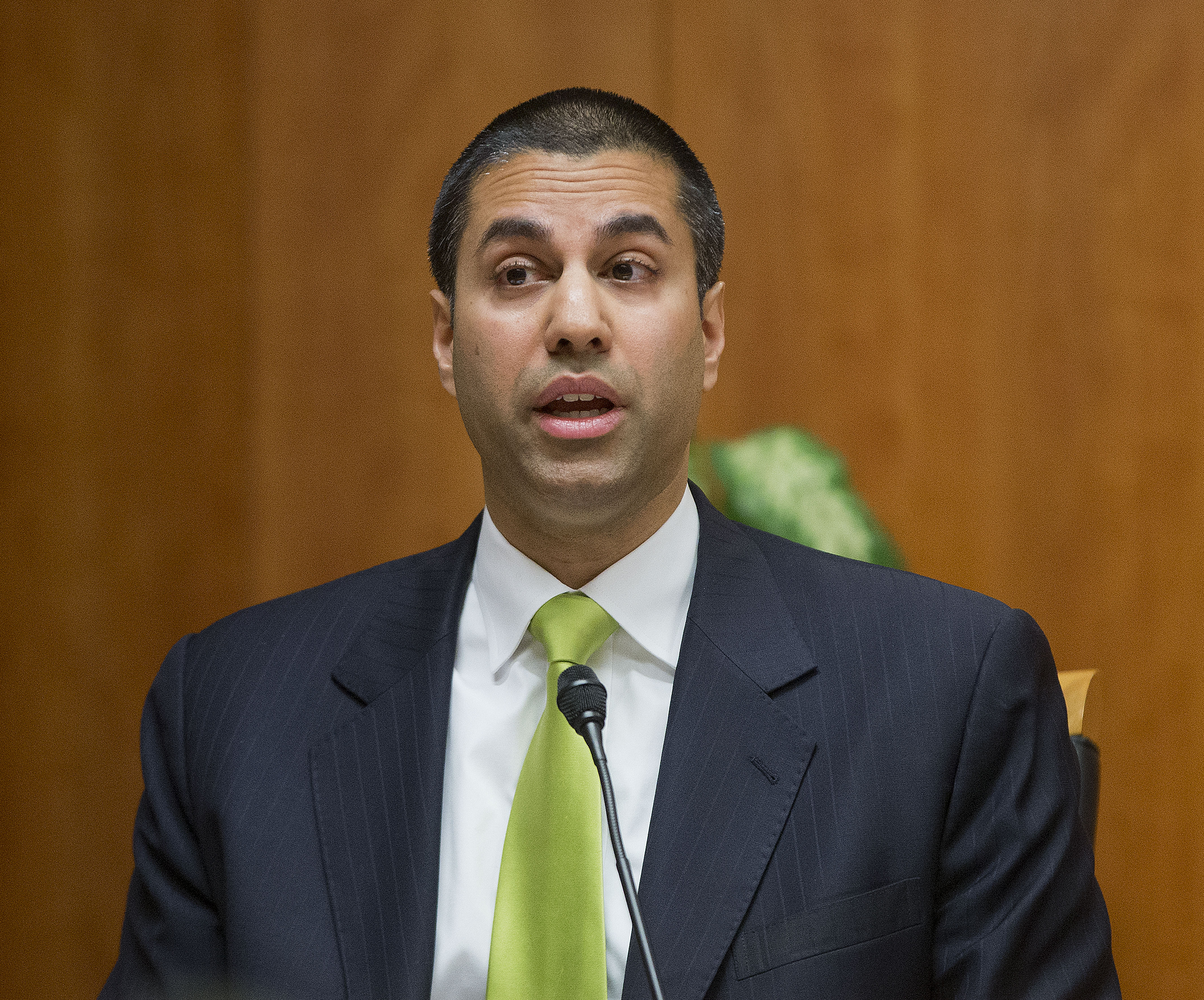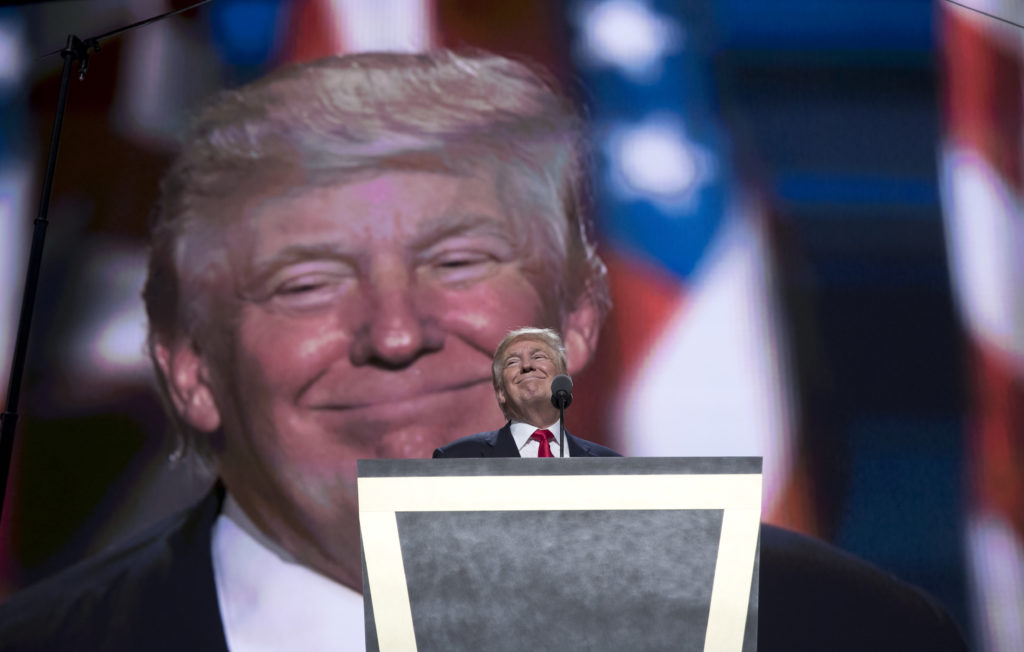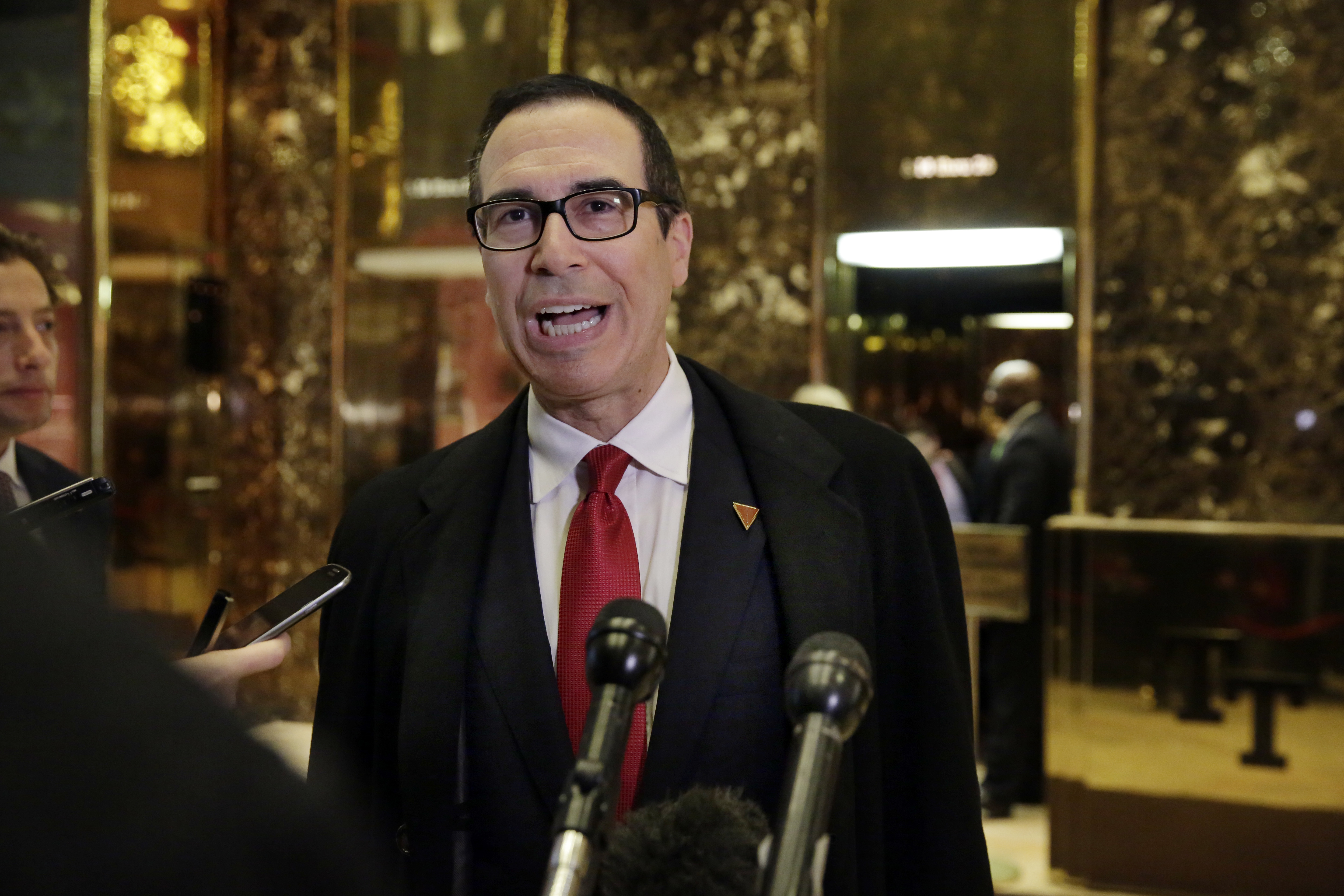Union Membership Rate Continues Downward Spiral

Labor unions continued a decades-long trend of membership decline this past year, according to a federal report Thursday.
Labor unions have lost a significant share of wage and salary workers over the decades. Some have argued the decline puts workers at risk while others have countered it shows unions are becoming less relevant. The Bureau of Labor Statistics (BLS) reports the membership rate declined to 10.7 percent in 2016.
“The number of wage and salary workers belonging to unions, at 14.6 million in 2016, declined by 240,000 from 2015,” the BLS report stated. “In 1983, the first year for which comparable union data are available, the union membership rate was 20.1 percent, and there were 17.7 million union workers.”
Labor unions have become increasingly reliant on public-sector workers to slow the decline. The union membership rate for public-sector workers remained steady at 34.4 percent. The public-sector rate was more than five times higher than that of private-sector workers which fell to 6.4 percent last year.
“In 2016, 7.1 million employees in the public sector belonged to a union, compared with 7.4 million workers in the private sector,” the report said. “Within the public sector, the union membership rate was highest for local government.”
Those that work in education, training, protective services, and libraries had the highest unionization rates. Some have warned the decline over decades has put workers at risk. The Economic Policy Institute (EPI) argues the trend is the result of inadequate labor laws and attacks on workers.
“Workers’ wishes to engage in collective bargaining far exceed their ability to do so because of our inadequate laws,” EPI President Lawrence Mishel wrote. “The resulting erosion of collective bargaining exacerbates our decades-long problems with wage stagnation and inequality, hurts not only union workers but also nonunion workers.”
The BLS report states that nonunion workers get paid about 80 percent of what union workers do. It does add that this doesn’t account for other factors that might explain the difference. Nevertheless, others have argued it’s not laws that are the problem but rather workers deciding unions are no longer useful to have.
“The sad state of private-sector union membership reveals that union bosses are historical artifacts,” Center for Union Facts Executive Director Richard Berman told InsideSources. “Despite spending millions of dollars on campaigns like ‘$15 and a Union’ while receiving unprecedented help from the pro-union Obama administration, big labor is seeing only dark days ahead. Employees nationwide are rejecting the union agenda and the left-wing politics that come with it.”
Former President Barack Obama argued numerous times during his time in office that unions were critical to protecting workers. His administration implemented regulations to help bolster their membership. Some opposed to his workplace agenda have contested it helped unions at the expense of workers.
President Donald Trump has not been as welcoming to labor unions despite building his platform around workers. The two sides have had a contentious relationship but now look to be finding some common ground. The White House reported that the president met with some top union leaders Monday to discuss construction and trade.


